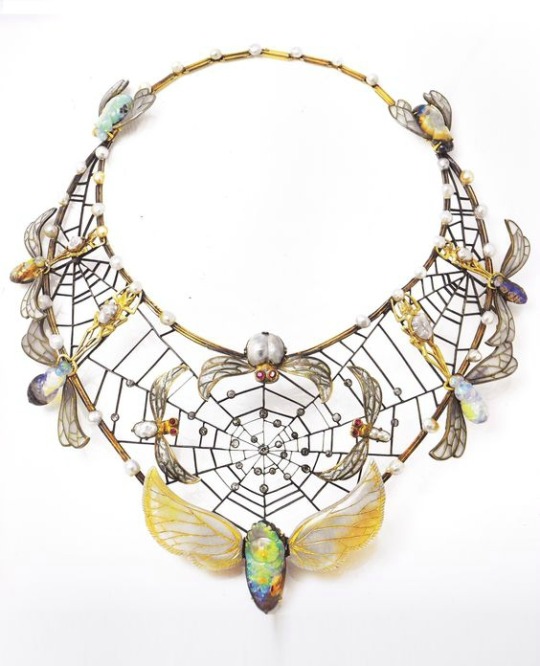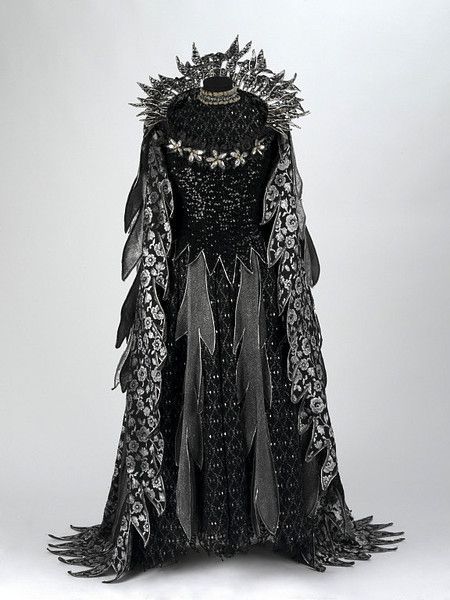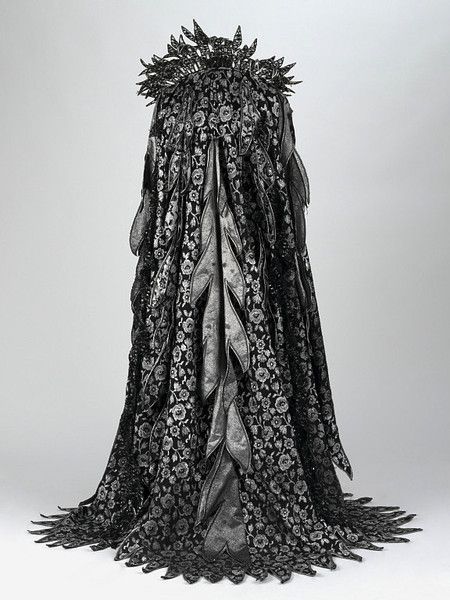Text
coworker: hey you should come look at the results of a ph test for a customer’s water
me: I’m king of busy rn
coworker: no really just come here
the ph test:

my honest reaction:

38K notes
·
View notes
Note
i truly cannot tell if you're some kind of lesbian or gay man or cis guy or bisexual or a straight woman or a furry or some fucked up combination but i do know you're a cunt

20K notes
·
View notes
Text
rip mythbusters you would've loved destroying cybertrucks
59K notes
·
View notes
Text
Me reaching what looks suspiciously to be the end of my rope: oobh i got plany off rope
34K notes
·
View notes
Text
146K notes
·
View notes
Photo

“A Symbolist necklace, by Charles Boutet de Monvel, circa 1900. Composed of gold, silver, opals, glass, rubies, pearls and diamonds. ©The Richard H. Driehaus Museum“ from here.
3K notes
·
View notes
Text
being in a long-term committed loving relationship with a neurodivergent person, as someone very much neurotypical, has been a beautiful exercise in both humility and communication
7K notes
·
View notes
Photo



Fairy Queen costume, Iolanthe, D’Oyly Carte Opera Company, 1977. Designed by Bruno Santini
11K notes
·
View notes
Text
There's an open pit in the middle of our office plan that drops down into a bunch of very sharp spikes that kill you instantly. This is bad. People keep falling in there and dying. Someone put a sign up, the other day, all bright yellow so you can't miss it, that says "Beware!!! Spikes!!!"
The office immediately split into two factions over it. One says that if anyone falls in the spike pit it's their own fault for being so stupid and not watching where they're walking, so we should remove the sign. The other says that the sign is an insult, there shouldn't be a spike pit in our office at all, and having the sign up like that is just normalising the existence of the spike pit, so we should remove the sign.
We ended up removing the sign. Probably for the better. Still... for a while there it looked like it might have worked...
74K notes
·
View notes
Text
knowing about how fucked up and evil it is that ppl keep breeding scottish fold cats is a curse because like I want to tell people to make sure they know how messed up it is but also like itd be weird to go onto any post with a scottish fold and be like “btw this cat probably lives in perpetual agony” idk
15K notes
·
View notes
Text
if i was a raccoon and i scratched on your window would you let me come inside and chew on your electrical wiring be honest
7K notes
·
View notes
Text

Jeremy Galton (British b.1949), September Flowers, Oil, gouache, acrylic
8K notes
·
View notes
Text
such a profound sense of delight when I realize that a piece of media is matching my freak to the very letter. there are creators out there who are my exact kind of sicko and we are reaching out to each other as if across the cosmos.
31K notes
·
View notes
Text
Ethiopian wolves feed on the sweet nectar of a local flower, picking up pollen on their snouts as they do so – which may make them the first carnivores discovered to act as pollinators.
The Ethiopian wolf (Canis simensis) is the rarest wild canid species in the world and Africa’s most threatened carnivore. Endemic to the Ethiopian Highlands, fewer than 500 individuals survive.
Sandra Lai at the University of Oxford and her colleagues observed wild Ethiopian wolves lapping up the nectar of Ethiopian red hot poker (Kniphofia foliosa) flowers. Local people in the mountains have traditionally used the nectar as a sweetener for coffee and on flat bread.
The wolves are thought to be the first large carnivore species ever to be recorded regularly feeding on nectar.
“For large carnivores, such as wolves, nectar-feeding is very unusual, due to the lack of physical adaptations, such as a long tongue or specialised snout, and because most flowers are too fragile or produce too little nectar to be interesting for large animals,” says Lai.
The sturdy, nectar-rich flower heads of the poker plant make this behaviour possible, she says. “To my knowledge, no other large carnivorous predator exhibits nectar-feeding, though some omnivorous bears may opportunistically forage for nectar, albeit rarely and poorly documented.”
Some of the wolves were seen visiting as many as 30 blooms in a single trip. As they lick the nectar, the wolves’ muzzles get covered in pollen, which they could potentially be transferring from flower to flower as they feed.
“The behaviour is interesting because it shows nectar-feeding and pollination by non-flying mammals might be more widespread than currently recognised, and that the ecological significance of these lesser-known pollinators might be more important than we think,” says Lai. “It’s very exciting.”
Lai and her colleagues at the Ethiopian Wolf Conservation Programme now hope to dig deeper into the behaviour and its ramifications. “Trying to confirm actual pollination by the wolves would be ideal, but that would be quite challenging,” she says. “I’m also very interested in the social learning aspect of the behaviour. We’ve seen this year adults bringing their juveniles to the flower fields, which could indicate cultural transmission.”
6K notes
·
View notes


